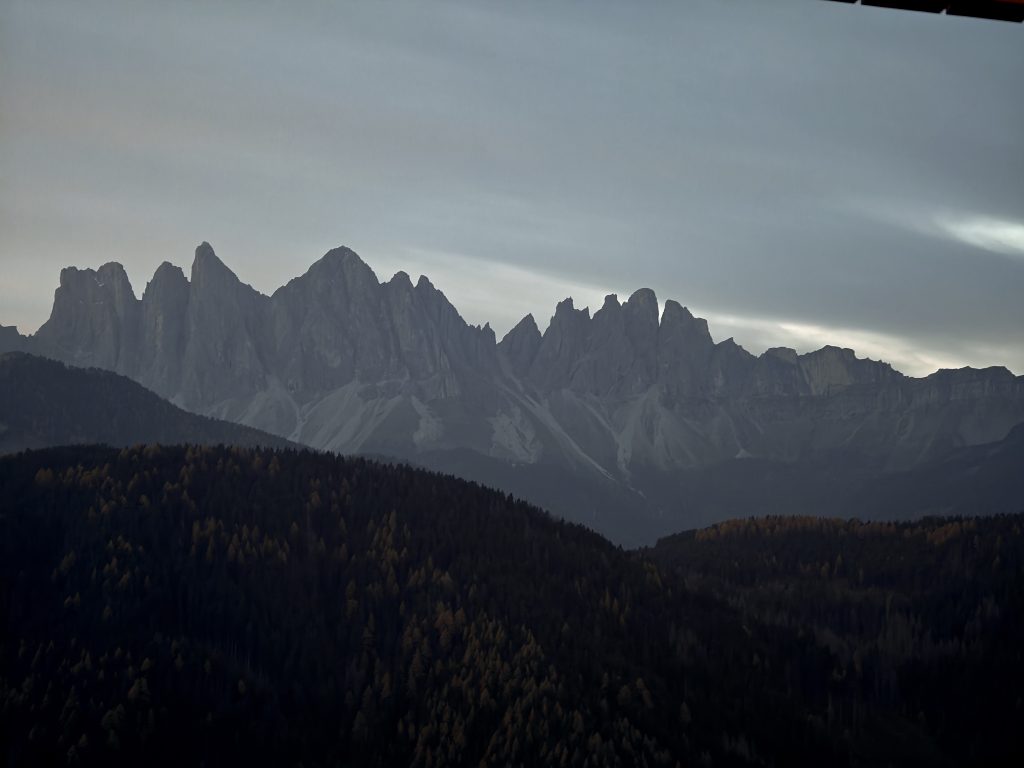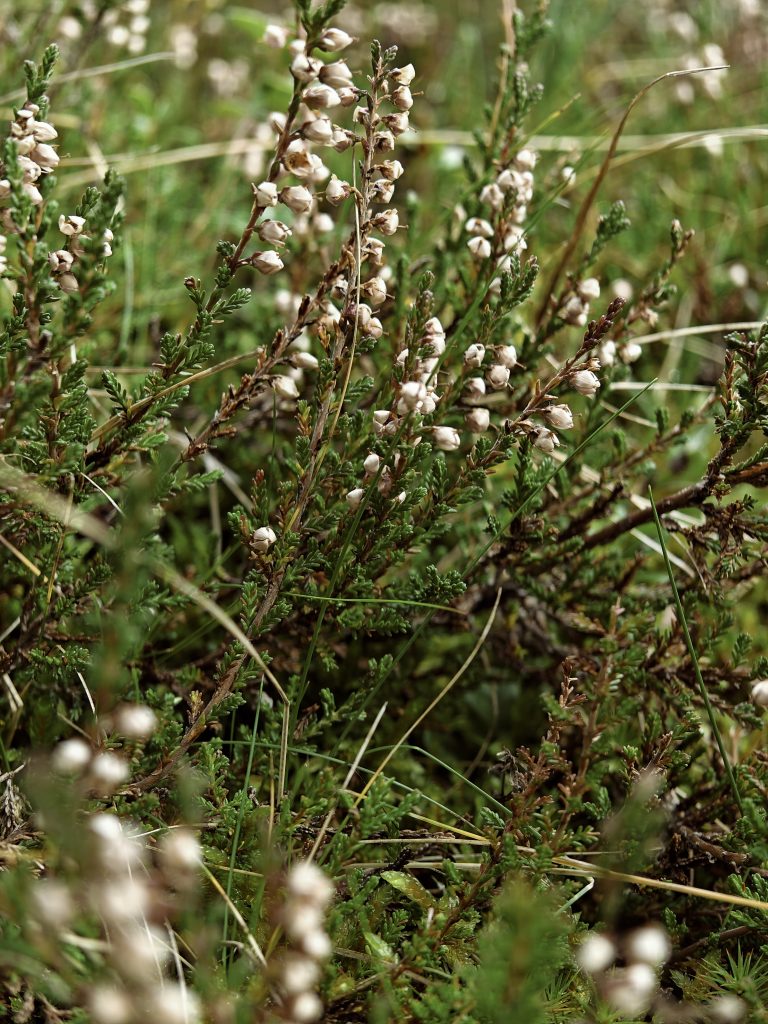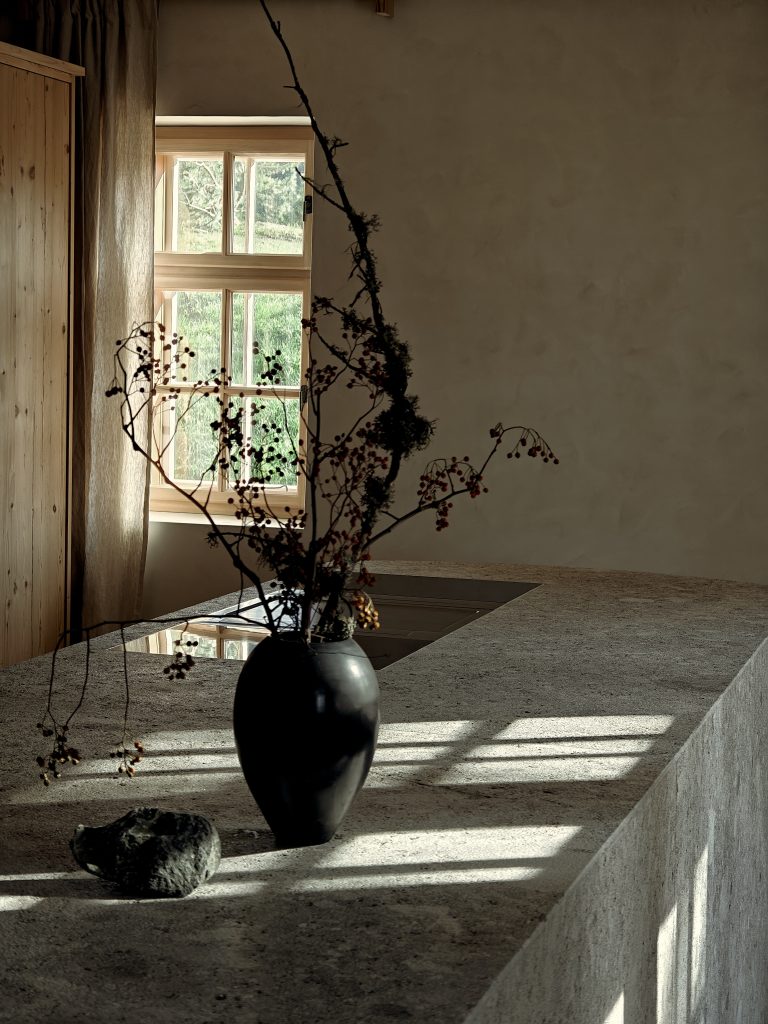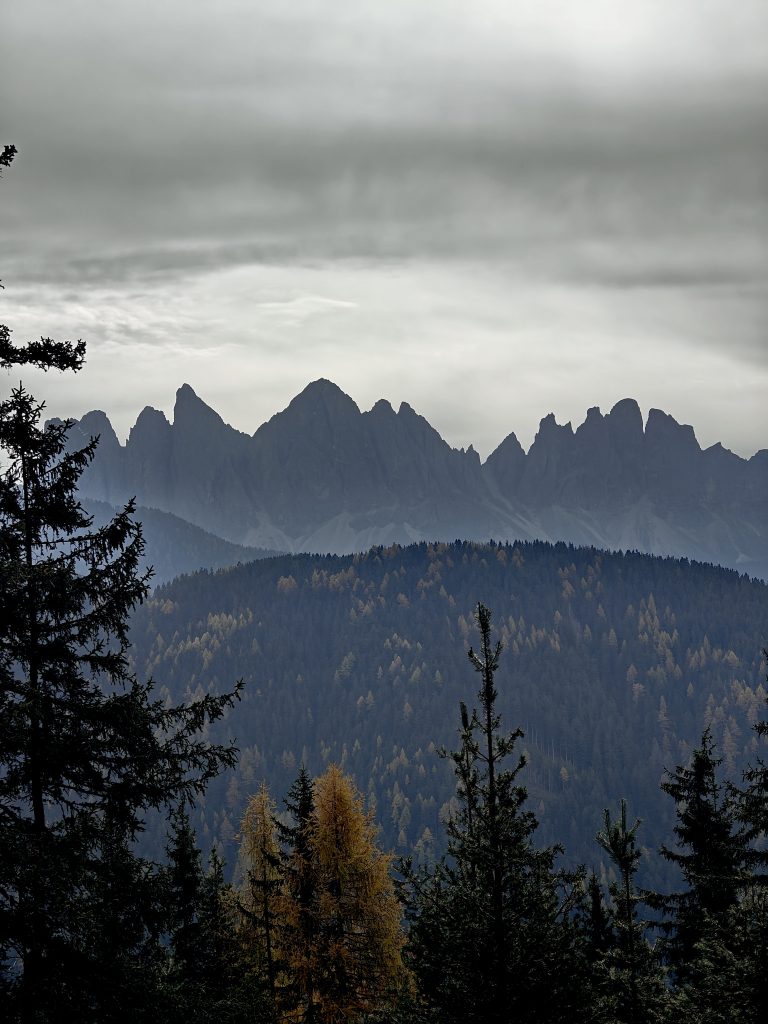每個人的心目中,都有一座刀背山。
時間和陽光賦予了這座義大利人心目中的神山不同面向。刀背山的岩壁在暮色中渐变成玫瑰色时,这些看似永恒的岩石,实则是远古海洋最脆弱的记忆。
沿著山路蜿蜒而上1800米的高山,空氣中瀰漫著高山松的樹脂香氣。
多洛米蒂山有別於其他阿爾卑斯山的山峰的圓潤,它的鋒利、突兀,彷彿大地向天空刺出的獠牙。可是在垂直的维度里,又重新发现时间的层次。
山居生活的真谛是让城市人记得呼吸的节奏。真正的疗愈从来不在學術裡,而在这些被山风梳理过的时光褶皱里。
We each carry our own mental postcard of Seceda – that iconic blade of rock cleaving the South Tyrolean sky. This sacred monolith reveals its chameleon nature through sunlight’s alchemy, its limestone face shifting from bone-white at noon to blushing rose at dusk. Yet these seemingly eternal cliffs are but fossilized ghosts of a Triassic sea, their coral skeletons whispering of epochs when fish swam where hikers now tread.
The ascent to 1,800 meters is a sensory baptism. Thin mountain air carries the balsamic scent of ancient Arolla pines, their gnarled roots gripping the karst like arthritic fingers. Unlike the gentle curves of Swiss Alps, the Dolomites erupt skyward with geological violence – jagged fangs bared against the heavens. Here, altitude becomes time made visible; each stratum a chapter in Earth’s autobiography written in sedimentary script.
True alpine wisdom reveals itself not in guidebooks but in the body’s rediscovered rhythms. The mountain’s gift isn’t adrenaline, but the recalibration of breath to wind’s tempo, of pulse to the glacier’s ancient metronome. When dawn gilds those impossible cliffs, you’ll understand why locals cross themselves at first light – for this is where eternity folds itself into the present moment, settling into the creases of your flannel shirt like limestone dust.





延伸閱讀刊載在MU/SE雜誌的專題 Please find the full article on MU/SE :
Leave a Reply